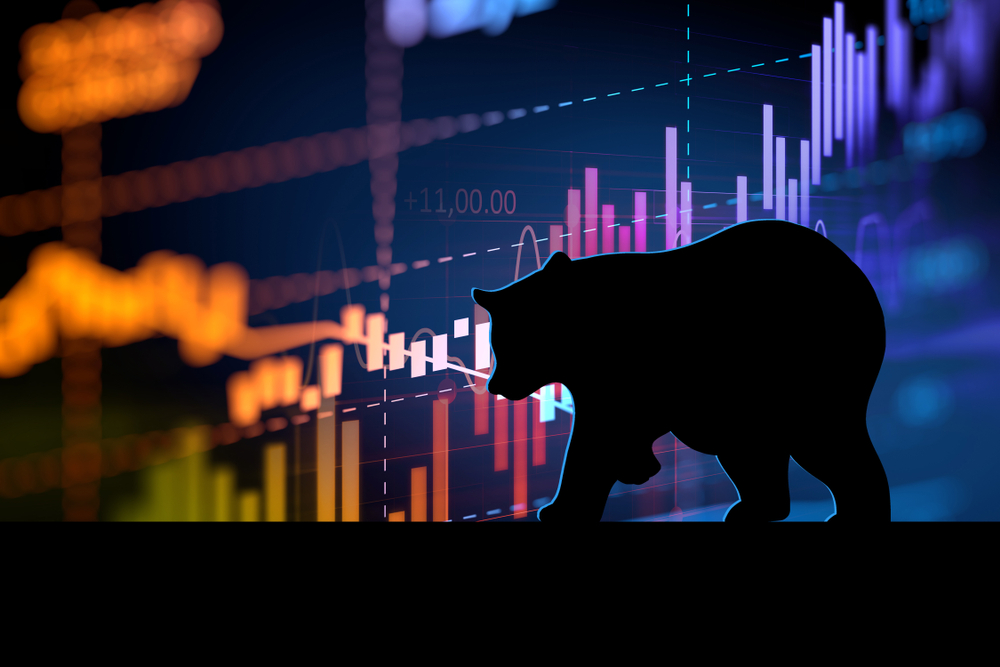The market “always” rises 8% to 10% per year over time.
You’ve heard that for most of your adult life. You’ve read it in glossy financial planning literature your financial advisor gives you. You’ve seen it in Vanguard mutual fund commercials.
The problem with the statement isn’t that it’s false, per se. In fact, it’s just true enough to get you in trouble.
The key words here are “over time.” Crestmont Research ran the numbers back to 1909 and found that, over rolling 10-year periods, the S&P 500 did indeed return about 10% on average. You can slice and dice the numbers with 20- or 30-year rolling periods to get slightly different results. But it’s essentially the same story. Over time, the market rises, and average returns are something in the ballpark of 10%.
There’s a funny thing about averages. You can have your head in the oven and your feet in the freezer, and your average body temperature looks great on paper. But you’re still going to be miserable.
In the real world, stock returns do not follow a straight line — they vary wildly over years or even decades. If there is a timing mismatch, for example, if your retirement’s early years correspond to a bear market, you can have a real problem.
Let’s use a recent example. The S&P 500 topped out in March of 2000 at 1,552, followed by a brutal three-year bear market that chopped the index in half, followed by a strong recovery from 2003 to 2008. The housing crash triggered another bear market that chopped the S&P 500 in half again. It wasn’t until 2013 that the S&P rose and stayed above its highs from almost a decade earlier.
How a Bear Market Can Wreck a Retirement Account
I’m not saying that 2021 is 2000.
Maybe it is … maybe it isn’t. We won’t know until after the fact. But let’s see how 2000’s market would have affected two very different investors:
- A 20-something just starting their career.
- A 60-something who had the bad luck to retire on the day the market topped.
We’ll assume the 20-something started with a small $20,000 portfolio and put $5,000 per year into the market. The 60-something started with $1,000,000 and took $40,000 annual withdrawals, consistent with the “4% rule” used by many financial planners.
Things worked out well for the 20-something. Sure, they took a hit on their initial investment. But time was on their side, and dollar-cost averaging worked in their favor. By March 2013, their portfolio would have grown to more than $107,000. That’s not a bad nest egg for someone who is now a 30-something.
Things didn’t pan out quite as well for the retiree. Because they were taking regular distributions to meet living expenses, those early years really hit the portfolio hard. It never had the time to recover.
By March 2013, the portfolio would have shrunk to just $352,849. And not even the rip-roaring bull markets of the late 2010s would have been enough to move the needle much. By February 2021, the account would still be around $350,000. No financial planner worth their salt would suggest taking $40,000 distributions on an account worth only $350,000. So, the unfortunate retiree would have to reduce living expenses and live with a smaller budget.
Buy and Hold Isn’t the Best Bet for Everyone
So, what are the takeaways here?
Buying and holding can be a great strategy. But you have to be young enough to roll with the punches of a bear market. Risking $20,000 in your 20s isn’t going to make or break your financial life. Being too exposed to the market late in your career or in retirement can be utterly devastating. Time is no longer on your side.
The older you get, the more tactical you need to get. Consider cashing in some of your buy-and-hold positions and allocating the funds to more active strategies that don’t necessarily need the market to go ever higher.
We can help with that, by the way. As part of our Green Zone Fortunes newsletter, Adam O’Dell and I are always on the lookout for shorter-term investments that you don’t have to hold for years before potential gains appear. We provide monthly picks, along with guidance on when to sell for maximum potential profits. Click here to learn more.
To safe profits,

Charles Sizemore is the editor of Green Zone Fortunes and specializes in income and retirement topics. Charles is a regular on The Bull & The Bear podcast. He is also a frequent guest on CNBC, Bloomberg and Fox Business.





